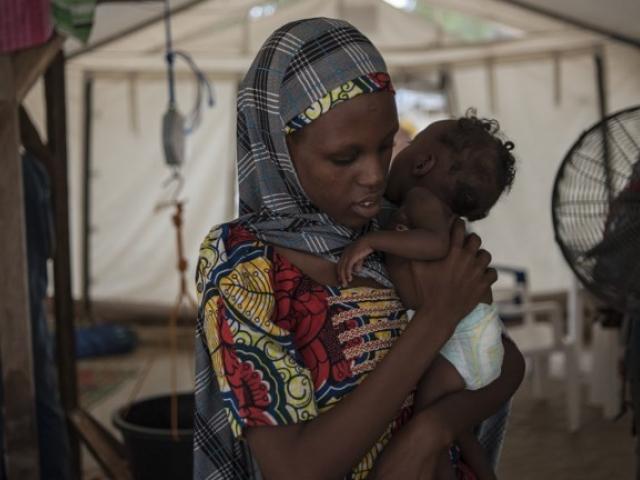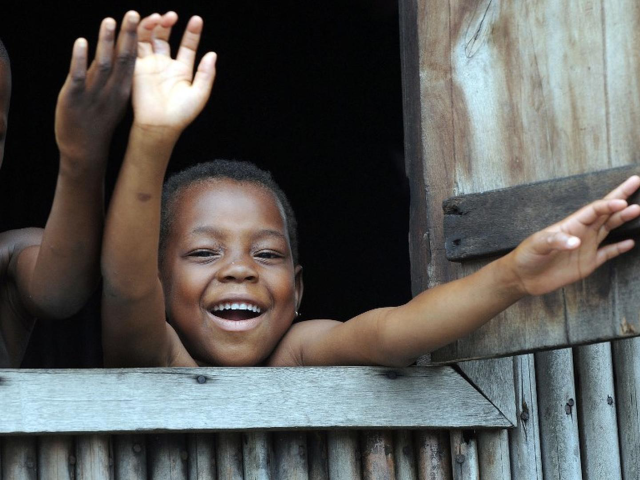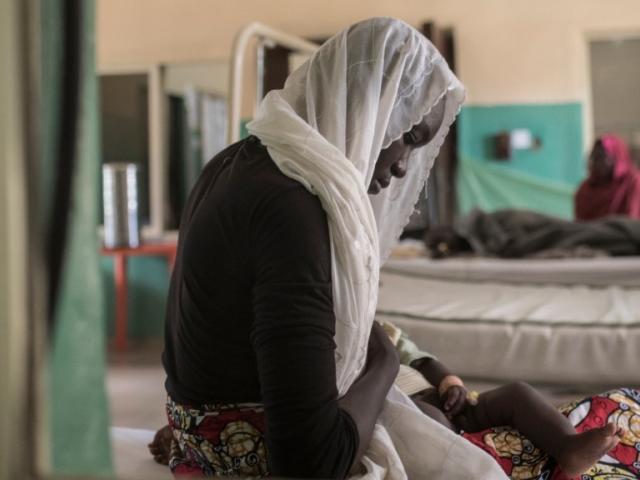- Since mid-2021, the claim of 15 million child workers in Nigeria has been repeated by public figures at least three times, but it is drawn from a report published jointly by Nigeria’s Federal Office of Statistics and the International Labour Organization (ILO) in 2001.
- The ILO Nigeria office told Africa Check updated figures on the number of children working in the country were expected in mid-2023.
- The number is likely to have increased – an estimate based on other available data is that over 20 million Nigerian children are in the workforce.
There are 15 million child workers in Nigeria, according to the headline of a March 2023 article in the Vanguard newspaper.
The article quoted the permanent secretary of Nigeria’s ministry of labour and employment, Kachollom Daju, saying that the Nigerian government would not relent in its efforts to reduce and eliminate child labour in the country.
Child labour had become a scourge in Nigeria, Daju said, describing it as a “multidimensional development concern” that cut across economic, social, religious, cultural and regional divides.
“Statistics reveal that there are no fewer than 15 million child workers in Nigeria.” Daju said this was according to the International Labour Organization (ILO).
Nigeria’s minister of labour and employment, Dr Chris Ngige, made the same claim in September 2022. In June 2021, the International Federation of Women Lawyers in Nigeria used the figure in a statement to mark the World Day Against Child Labour.
While this is a much repeated statistic, is there any evidence that there are 15 million child workers in Nigeria? We checked.
How are child workers defined?
We asked the labour ministry for the data on which Daju based her claim and for its definition of “child workers”. We will update this report with their response.
According to the ILO, child labour is work that “deprives children of their childhood, their potential and their dignity, and that is harmful to physical and mental development”.
This includes work that is mentally or physically dangerous for children and interferes with their schooling.
The United Nations Children’s Fund (Unicef) uses age ranges to define child labour. It is at least one hour of economic work or 21 hours of unpaid household services per week for children aged five to 11; at least 14 hours of economic work or 21 hours of unpaid household services per week for children aged 12 to 14; and at least 43 hours of economic work per week for children aged 15 to 17.
15 million child workers in 2000/2001
To find out where the 15 million figure originally came from, we contacted the ILO’s Nigeria office.
Lydia Eke, a national project officer with the organisation, told Africa Check it came from a 2000/2001 report on the National Modular Child Labour Survey in Nigeria. The report was published jointly by Nigeria’s Federal Office of Statistics and the ILO.
The survey was the first nationally representative study on child labour in the country. It identified 15.3 million “working children”, comprising 7,812,756 boys and 7,214,856 girls”, where working children were defined as those between the ages of five and 17.
The survey defined child labour in two ways:
- As “paid or unpaid work that occurs in any sector, including domestic, informal and agricultural sectors, that is harmful to children’s mental, physical, social or moral development of the child in the modern society”.
- As “any work that deprives children of the opportunity to attend school, obliges them to leave school permanently or requires them to attempt to combine school attendance with excessively long and heavy work”.
Updated figure expected mid-2023
Eke told Africa Check that a new survey with an updated figure on the number of child workers in Nigeria would be released in June or July 2023. “We can't discuss the contents of the current child labour survey until its official launch,” she said, as it was still being finalised with the National Bureau of Statistics (NBS). (Note: we will update this report when the survey is released.)
Can we rely on the 15 million figure from 2000/2001?
Dr Isiaka Olarewaju is the former director of the real sector and household statistics at the NBS. He was also a field officer at the Federal Office of Statistics when the survey was conducted in 2000 and 2001. (Note: In 2007, the office merged with the National Data Bank to form the NBS.)
Olarewaju told Africa Check it would be a disservice to Nigeria for anyone to quote a 22-year-old child labour statistic in 2023.
“If the conditions that led to that number of children engaging in child labour remain the same, then one can say the number has significantly increased.”
Given the rate of population growth in Nigeria, it was possible that the number of child workers had increased since the survey was done over 20 years ago, Olarewaju said.
The rate of increase depended on a number of factors, including the poverty rate. “With the high poverty rate in the country, more children would likely be out on the streets selling and doing odd jobs to survive.”
What does more recent data show?
Unicef’s global data on child labour, last updated in May 2022, estimated that 32% of children aged five to 17 in Nigeria were child workers. It relied on the Multiple Indicator Cluster Survey (Mics) 2016/2017 and ILO calculations. The 2021 Mics found a similar level of child labour.
In Nigeria, the Mics is conducted by the NBS in collaboration with the National Primary Health Care Development Agency and the National Agency for the Control of Aids. It collects internationally comparable data on a wide range of indicators on the situation of children and women.
But the NBS population estimates use different age groups: zero to four, five to nine, 10 to 14, 15 to 19, and so on. This is according to Leo Sanni, a statistical information officer at the bureau.
This makes it difficult to determine the number of child workers in Nigeria between the ages of five and 17, the age range used in the Unicef data.
However, if the 32% estimate is applied to the NBS population estimate for five- to 19-year-olds, which was about 79.5 million in 2022, the number of child workers would be around 25.44 million.
Conclusion: Data too old to represent current situation
The permanent secretary of the Federal Ministry of Labour and Employment, Kachollom Daju, claimed that there were “no fewer” than 15 million child workers in Nigeria, citing the ILO as source of the figure.
The ILO said the figure was from a 2000/2001 survey and that the results of a more recent survey would be published in mid-2023.
An expert said the 22-year-old data was too old to represent the current situation in the country. While more recent multi-indicator cluster surveys give an indication of what the figure might be in 2023, Nigeria’s population estimates are not disaggregated into the age range that defines child labour.
Until more recent data becomes available, we rate the claim unproven.








Add new comment